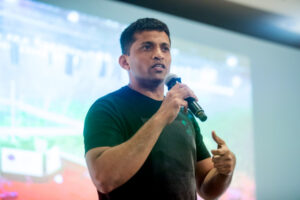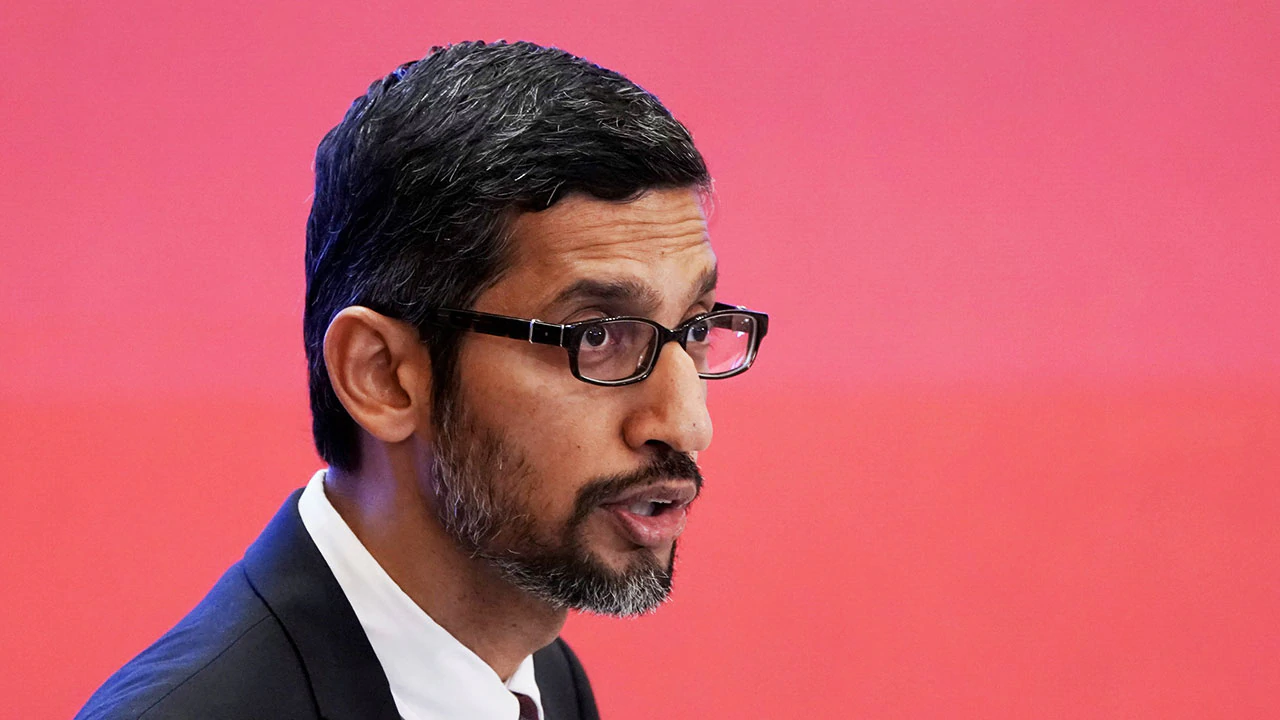Muscular dystrophy is a group of inherited diseases that damage and weaken your muscles over time.
Any disease that affects a small percentage of the population is a rare disease. In many parts of the world, they also go by the term ‘orphan disease’, for the lack of a market large enough to capture the support and resources needed to develop treatments for them. Most rare diseases are genetic, and present throughout a person’s lifetime, even if symptoms do not immediately appear. Many rare diseases appear early on in life, and about 30 percent of children with rare diseases will die before reaching their fifth birthday.
The number of people in the world living with a rare disease is estimated to be between 300 and 350 million. This figure has often been used by the rare disease community to highlight that while individual diseases – though rare – add up to a huge population of people with rare diseases. With its sizeable population, India has an increased frequency of rare diseases when compared to the rest of the world. Due to the low prevalence of individual diseases, medical expertise is rare, knowledge is scarce, care offerings inadequate, and research limited. Despite the large overall estimate, patients with rare disease are the orphans of health systems, often denied diagnosis, treatment, and the benefits of research.
Relatively common symptoms can hide underlying rare diseases leading to misdiagnosis and delaying treatment. Typically a disabling or debilitating illness, the quality of life of a person living with a rare disease is affected by the absence of autonomy from any progressive, degenerative and occasionally life-threatening aspects of the disease.
It is estimated that every day in India, over 50 male babies are born with Duchenne muscular dystrophy (DMD). We do not have any empirical epidemiological data of the DMD prevalence in India from 2020, but it is estimated that there are between 4 and 5 lakh children suffering from DMD at any given time – roughly a fifth (20 percent) of the global DMD population. The burden in India is made greater than in Western countries by inadequate diagnostic facilities, management and rehabilitation facilities that cater to rare diseases.

Rare diseases, in numbers. Image Credit: Novartis/Pinterest
Genetic disorders get relatively little attention because of the mistaken perception (of health planners, clinicians and the general public) that inherited diseases are very rare – affecting only a small proportion of people and, even if diagnosed, is untreatable. But for the families concerned, they represent a substantial, continuing burden, unlike infectious diseases, which generally manifest only for a limited period.
The plight of those suffering from DMD is on multiple levels in India. The access to diagnostics and procedures is not available across all levels of society and in non-metro areas which make up the maximum amount of the country, there is almost no genetic diagnosis available at all.
Even in metro cities blood tests done in different diagnostic centres even prove to be inconclusive. Post-diagnosis, clinicians who knew about the disease and gave guidance on steps to take are extremely hard to come by. The number of paediatricians who are unable to diagnose DMD till a late stage of disease is alarmingly high. This can be put down to lack of awareness.
India has the second largest population in the world; yet, no comprehensive database for neuromuscular disorders is available. There are still families out there with no idea about the disease, much less how to manage it. In the rare event of the family having access to diagnostics and are able to get an understanding doctor the costs of treatment are sky-high. With the expense in foreign countries reaching hundreds of thousands of dollars per year it is close to impossible for a family to support the treatment here in India.
The Government of India’s identification of non-communicable diseases as a target for intervention is a welcome one, but extends to cancer, diabetes mellitus, coronary heart disease and stroke, but not genetic disorders. If real progress is to be made, genetic disorders needs to be brought in to the fold.
In August 2000, my wife and were euphoric as our son Karanveer came into this world, bawling his lungs out. Everything was new again, and every day a new adventure. As Karan became older, we grew content and happy in our small world. He would babble, crawl, want to play, sleep and eat much like any other child his age. Like his peers, he would fall down and play. We lovingly thought he was a bit clumsy when he fell often. There were subtle changes as he grew, like trouble climbing stairs, getting up from the floor or running. He would walk on his toes or the balls of his feet with a slightly waddling gait. We presumed he had a small problem in his feet, and doctor visits with the promise of butter chicken on the way back, didn’t bring us the speedy conclusion we had hoped for.

Karanveer, 18. Image Credit: Ajay Sukumaran
We traversed the length and breadth of the country looking for a cure or at the very least find out the cause of the problem. Faith healing, Homeopathy, Ayurveda, Allopathy, Unani – we tried them all, to no avail. He was prescribed vitamins, exercise, changes in diet and a lot more. General practitioners, orthopedicians, paediatricians each giving their own opinions, asking for blood test after another, electromyography (EMG) and more, without a satisfactory answer. Tests in textbooks, treatments unheard of and renown – we tried them all, and with each new treatment that fairled, despaired of ever finding a cure.
We eventually met a renowned paediatric neurologist in Chennai. He put Karan at ease, was interactive, did a lot of poking and prodding and gradually grew contemplative towards the end. He recommended a blood test to aid in diagnosis and delivered a nasty shock. We were taken aback when we were told that Karan had Duchenne Muscular Dystrophy (DMD), a rare disease where a protein called dystrophin – essential for proper muscle function – was lower than normal. In other words, he was wheelchair-bound for most of his life, after which he would become bedridden.
What would you do if your child was diagnosed with a condition that that most people haven’t heard of? One that progressively worsens and doesn’t yet, have a cure? For decades the health ministry has been focussed on more prominent diseases like heart diseases, diabetes, cancer, and tuberculosis. They seem to have left behind the 70 million who suffer from 7,000-odd rare diseases, that also need medical treatments and disease management.
Stumbling, falling and breaking in search of hope, we ultimately decided to do it ourselves. The Dystrophy Annihilation Research Trust (DART) was founded after scouring the country in search of help for Karan. We have recruited people qualified to run a research lab, places it could be set up, necessary equipment and chemicals, collaborations with researchers abroad, and more. Non-profits have limitations, with whopping costs for drug-development supported by donations. DART is the first lab in India focusing on muscular dystrophy (MD).
We are a group of skilled professionals working towards achieving a realistic treatment option to alleviate and reverse the dystrophy condition at the genetic level thereby enhancing the quality of life of existing patients. DART hopes to change the course of DMD and, ultimately, to find a cure. The hope and motivation fuelling the initiative is that someday, children with DMD will be free of wheelchairs and restrictions and can play, run and walk like children everywhere do. The long-term goal is to develop a cost-effective treatment, as quickly as possible, to relieve the suffering of DMD children and families alike.
DART also performs a common platform for counselling and support for patients with Muscular Dystrophy and their families, as well as to create awareness of the available treatments, and drug trials. Last but not least, DART also facilitate research into alleviating the scourge of muscular dystrophy.
The author is President of the Dystrophy Annihilation Research Trust (DART).










